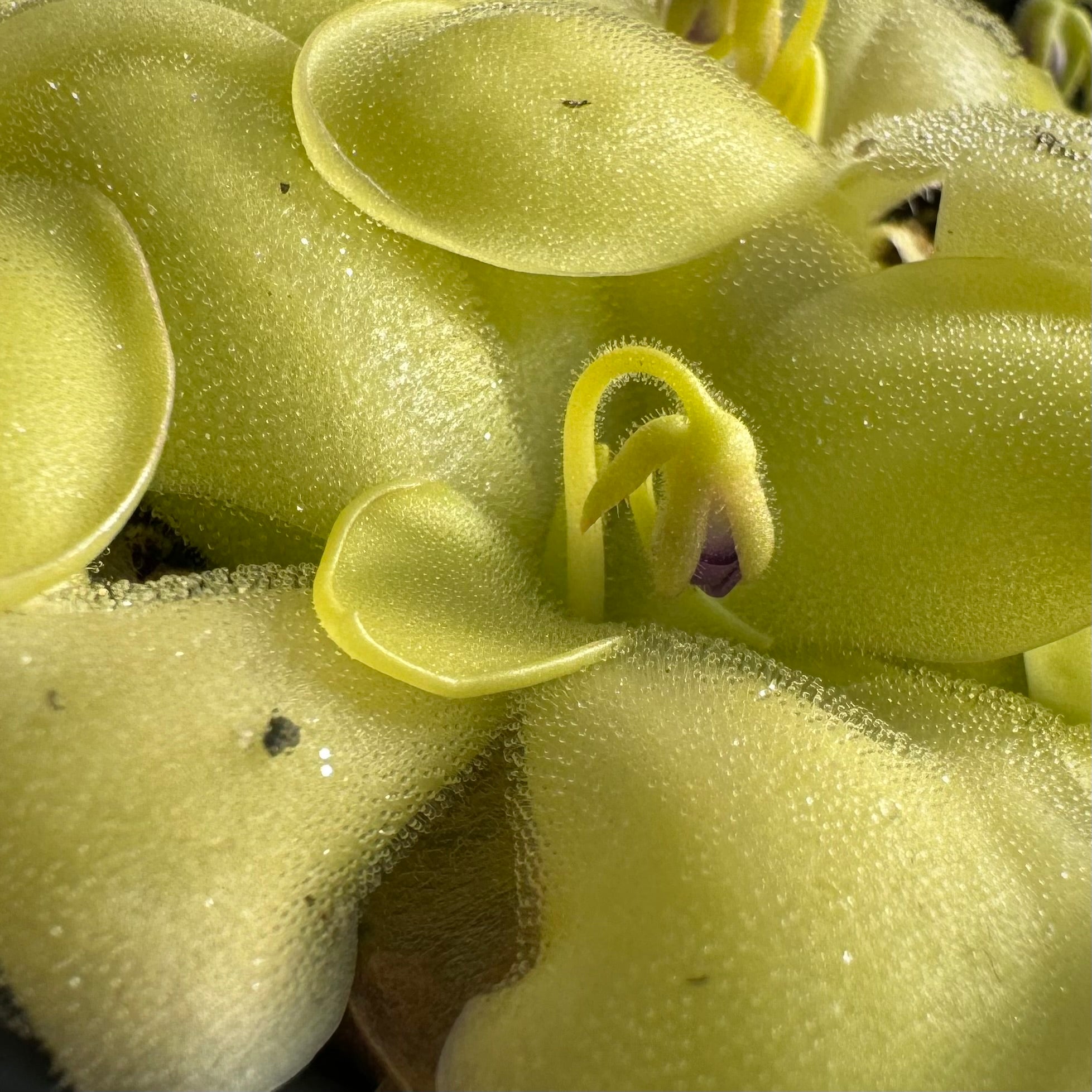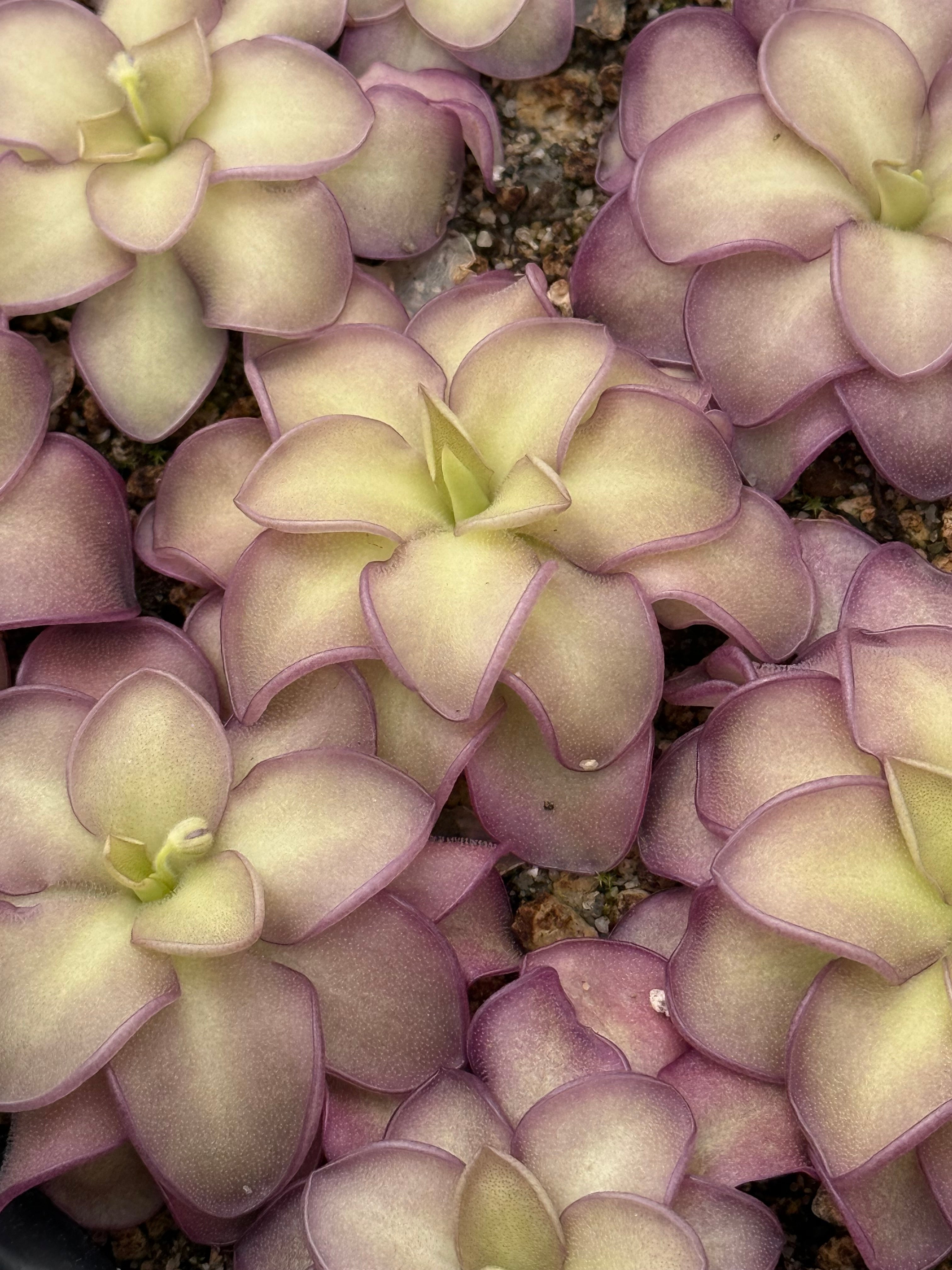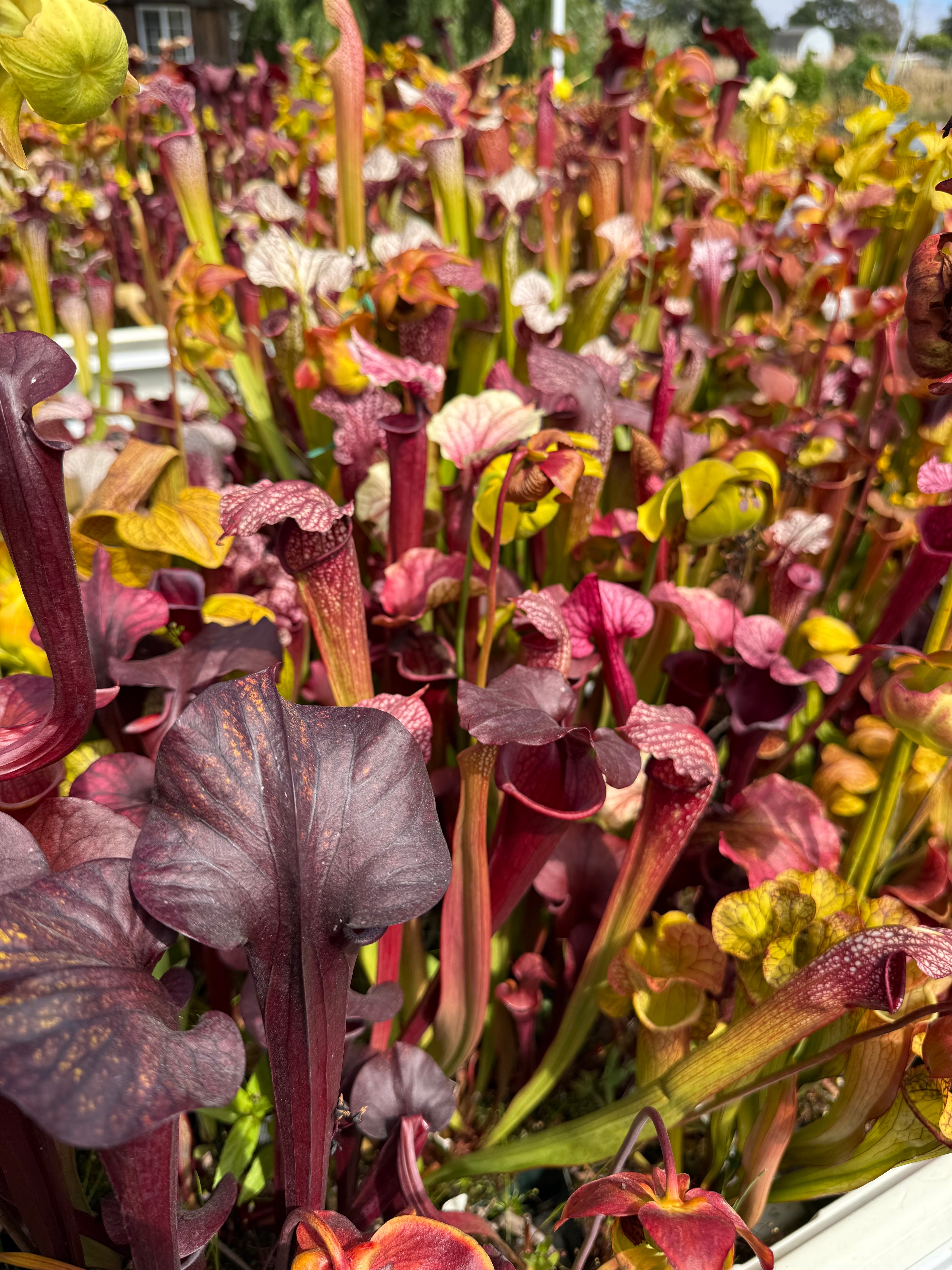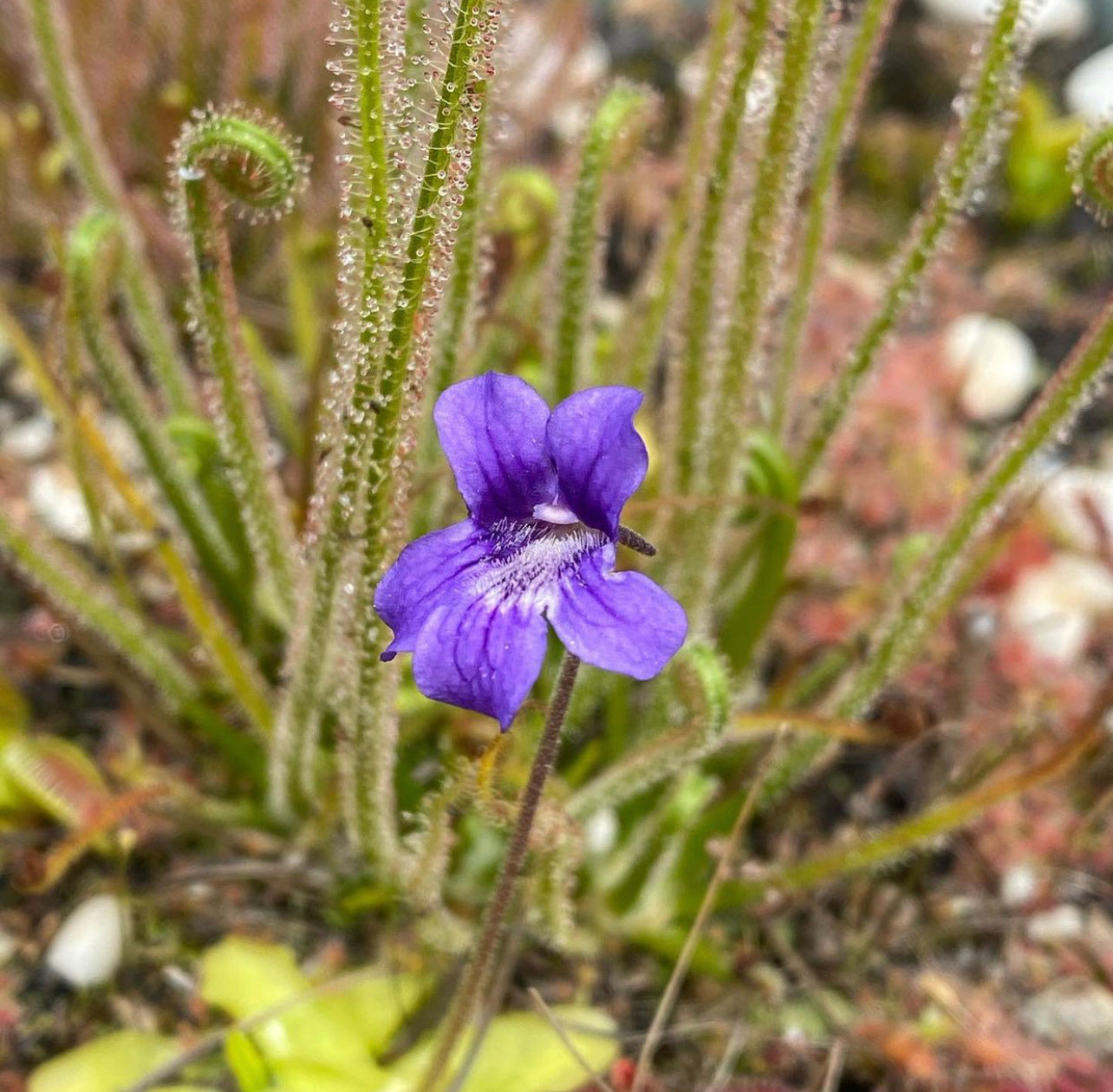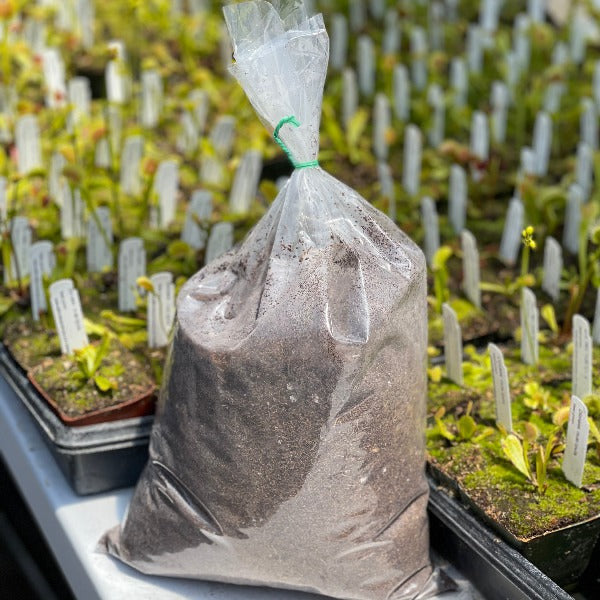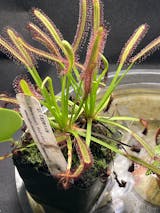Plants arrived very healthy and lot bigger than expected. Immediately unpacked them and placed in my indoor green house where they are thriving.
These came amazingly packaged and did very well in their cups until I was able to get the right soil to plant them in.


